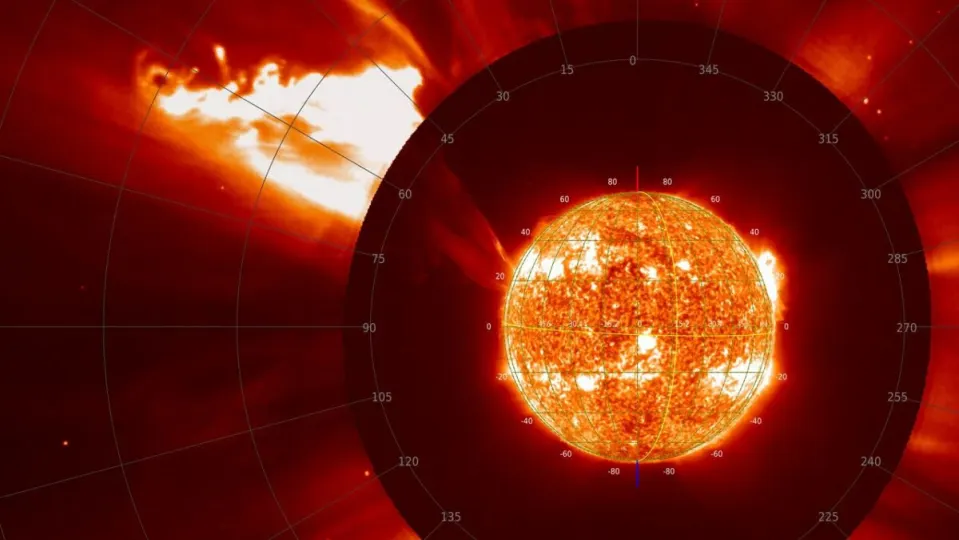It’s as if the Sun were a tree; scientists and astronomers measure solar storms based on rings recorded in the trees’ bark. These rings allow measuring many things, including the strength of solar explosions.
Our Sun is capable of producing truly terrifying outbursts, and scientists have now discovered evidence of its angriest outburst recorded to date.
Tree rings dating back about 14,000 years contain a spike in radiocarbon twice as powerful as the previously known most significant solar storm.
Almost 200 years ago, we experienced the largest solar storm of the modern age
In 1859, Earth experienced the strongest solar storm in modern history. It was reported that auroras could be seen almost to the equator, but it wasn’t all good news; the peak also caused a short circuit in communication systems and even sparked fires in some telegraph stations.
If a similar storm were to hit Earth today, it could fry GPS satellites and render large sections of the electrical grid unusable.
Of course, this wasn’t the Sun’s first rodeo, but it was the first one that occurred after human technology had advanced enough for us to notice. In the past 15,000 years, scientists have discovered several more examples, known as Miyake events.
These are found by looking for sharp spikes in radiocarbon in tree rings or measurements of elements like beryllium in ice cores.
“Radiocarbon is constantly produced in the upper atmosphere through a chain of reactions initiated by cosmic rays,” explains Edouard Bard, the study’s lead author. “Recently, scientists have discovered that extreme solar phenomena, including solar flares and coronal mass ejections, can also create short bursts of energetic particles that show up as massive spikes in radiocarbon production occurring over the course of a single year.”
And about 1,300 years ago, we had the largest one
Now, scientists have found evidence of the most powerful solar storm on record: 10 times stronger than the Carrington Event and twice as powerful as the previous one that hit Earth in the year 774 AD.
In partially fossilized ancient tree rings from the French Alps, the team discovered an unprecedented spike in radiocarbon dating back 14,300 years.
Although some Miyake events appear to occur more slowly and may be attributed to other astronomical sources, the team asserts that the brief timespan of this spike, coupled with its alignment with a beryllium spike found in a Greenland ice core, indicates a solar origin.
Understanding what our Sun is capable of can help us prepare for future events.
“Radiocarbon is an extraordinary way to study Earth’s history and reconstruct the critical events it has experienced,” says Tim Heaton, one of the authors of the study. “An accurate understanding of our past is essential if we want to predict our future accurately and mitigate potential risks. There is still much to learn. Each new discovery not only helps answer existing key questions but can also generate new ones.”
If we had to endure such a powerful solar eruption in our day, it’s certain that we would have been without communications for a long period of time.
And not due to a typical telecommunications outage, but rather because almost all the satellites we have currently orbiting in low Earth orbit would be destroyed due to solar radiation.


